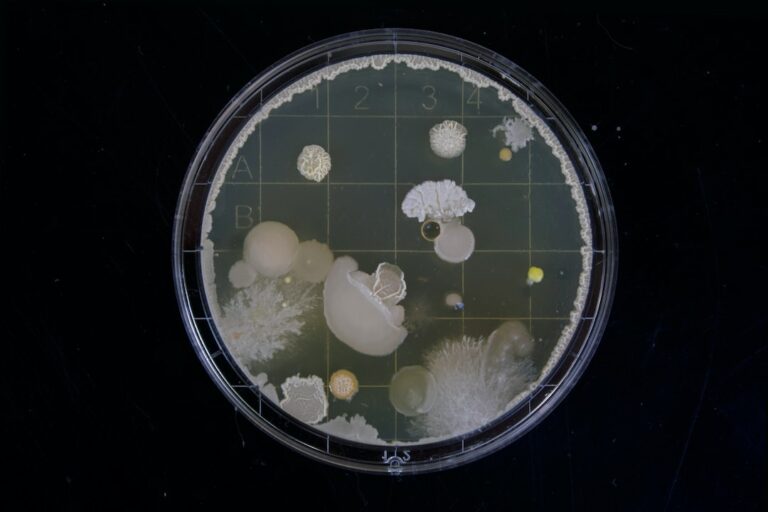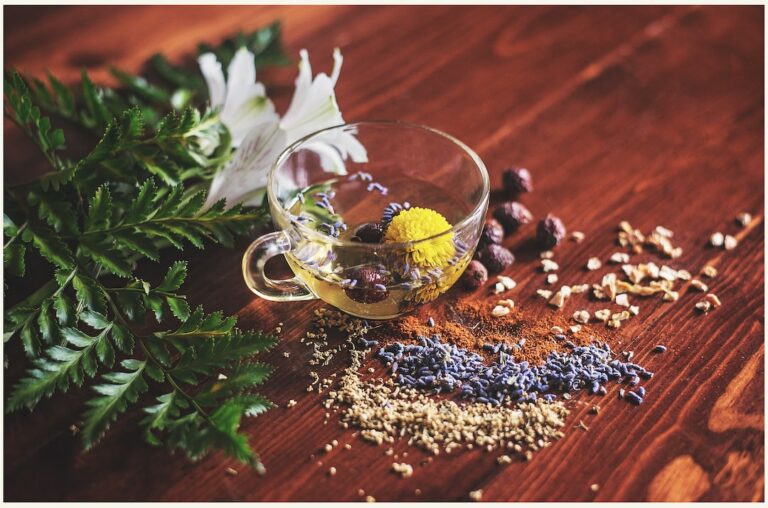Introduction
What are antibiotic resistant bacteria?
Antibiotic resistant bacteria are strains of bacteria that have developed the ability to survive and grow in the presence of antibiotics. These bacteria have evolved mechanisms to resist the effects of antibiotics, making them difficult to treat and control. The emergence of antibiotic resistance is a major concern in healthcare, as it poses a threat to the effectiveness of antibiotics, which are essential for treating bacterial infections. It is important to understand the causes and consequences of antibiotic resistance in order to develop strategies to combat this growing problem.
Why is antibiotic resistance a concern?
Antibiotic resistance has become a major concern in the field of healthcare. The rise of antibiotic resistant bacteria poses a significant threat to public health worldwide. The overuse and misuse of antibiotics have accelerated the development of these resistant strains, making it difficult to treat common infections. This has led to increased mortality rates and longer hospital stays. The emergence of antibiotic resistance has prompted researchers to explore alternative treatment options, such as the use of secret herbs, to combat these resilient bacteria. Secret herbs have shown promising results in fighting antibiotic resistant strains and have the potential to revolutionize the field of medicine. By harnessing the power of nature, these herbs offer a natural and sustainable solution to the growing problem of antibiotic resistance.
How do antibiotic resistant bacteria spread?
Antibiotic resistant bacteria can spread through various means. One common way is through direct contact with an infected person or contaminated surfaces. Additionally, these bacteria can also be transmitted through the consumption of contaminated food or water. Another important mode of transmission is through the improper use of antibiotics, such as not completing a full course of treatment or using antibiotics without a prescription. It is crucial to practice good hygiene, such as washing hands regularly and properly cooking food, to prevent the spread of antibiotic resistant bacteria.
Causes of Antibiotic Resistance

Overuse and misuse of antibiotics
Overuse and misuse of antibiotics has become a significant concern in the field of medicine. The excessive use of antibiotics has led to the emergence of antibiotic-resistant bacteria, posing a serious threat to public health. Antibiotics are powerful medications that are designed to kill or inhibit the growth of bacteria. However, when antibiotics are overused or misused, bacteria can develop resistance to them, rendering the drugs ineffective. This can lead to longer and more severe illnesses, increased healthcare costs, and even death. It is crucial that we use antibiotics responsibly and only when necessary to prevent the further spread of antibiotic-resistant bacteria.
Lack of new antibiotics
The lack of new antibiotics is a growing concern in the fight against antibiotic-resistant bacteria. With the rise of these superbugs, it is crucial to develop new drugs to combat them effectively. However, the development of new antibiotics has been stagnant in recent years. This is due to various factors, including the high cost and lengthy process of drug development, as well as the lack of financial incentives for pharmaceutical companies. Without new antibiotics, we are left with limited treatment options, which can have devastating consequences for patients. It is imperative that we invest in research and development to discover novel antibiotics that can effectively tackle antibiotic-resistant bacteria.
Poor infection control practices
Poor infection control practices can contribute to the spread of antibiotic-resistant bacteria. In healthcare settings, inadequate hand hygiene, improper use of personal protective equipment, and lack of proper sterilization techniques can all lead to the transmission of these dangerous pathogens. Additionally, poor sanitation practices in the community, such as improper disposal of waste and lack of clean water sources, can also contribute to the proliferation of antibiotic-resistant bacteria. It is crucial to prioritize and enforce strict infection control measures to prevent the further spread of these harmful organisms.
Impact of Antibiotic Resistance

Increased mortality rates
Antibiotic resistant bacteria pose a significant threat to public health, resulting in increased mortality rates. The rise of these superbugs has rendered conventional antibiotics ineffective, leading to a growing need for alternative treatment options. One promising avenue is the exploration of natural medicine, which offers potential solutions to combat antibiotic resistance. Natural medicine encompasses a wide range of practices, including herbal remedies, essential oils, and traditional healing techniques. These approaches have shown promise in their ability to target and eliminate antibiotic resistant bacteria, offering hope in the face of this escalating crisis.
Longer hospital stays
Longer hospital stays can be a major concern when it comes to antibiotic resistant bacteria. Patients infected with these bacteria often require extended periods of hospitalization for treatment and monitoring. This not only puts a strain on healthcare resources but also increases the risk of complications and secondary infections. It is crucial for healthcare providers to implement strict infection control measures and judicious use of antibiotics to minimize the spread of antibiotic resistant bacteria and reduce the length of hospital stays.
Higher healthcare costs
Higher healthcare costs are a significant concern when it comes to the issue of antibiotic resistant bacteria. The rise in antibiotic resistance has led to longer hospital stays, increased use of expensive medications, and the need for more specialized treatments. This has resulted in higher healthcare costs for individuals, insurance companies, and governments. The financial burden of treating antibiotic resistant infections can be substantial, and it is a challenge that needs to be addressed urgently.
Preventing Antibiotic Resistance

Proper antibiotic use
Proper use of antibiotics is crucial in the fight against antibiotic resistant bacteria. Antibiotics should only be used when prescribed by a healthcare professional and it is important to follow the prescribed dosage and duration of treatment. Taking antibiotics for viral infections, such as the common cold or flu, is ineffective and can contribute to the development of antibiotic resistance. It is also important to complete the full course of antibiotics, even if symptoms improve, to ensure that all bacteria are eliminated. By using antibiotics responsibly, we can help slow down the emergence of antibiotic resistant bacteria and preserve the effectiveness of these life-saving drugs.
Vaccination
Vaccination plays a crucial role in preventing the spread of antibiotic resistant bacteria. By administering vaccines, individuals can develop immunity against specific bacteria, reducing the risk of infection and the subsequent development of resistance. Vaccines work by stimulating the immune system to recognize and eliminate harmful bacteria, training it to respond effectively to future encounters. This not only protects vaccinated individuals but also helps to limit the overall transmission of antibiotic resistant bacteria within communities. It is important for everyone to stay up to date with recommended vaccination schedules to ensure maximum protection against these dangerous pathogens.
Improved infection control measures
Improved infection control measures have played a crucial role in combating the rise of antibiotic resistant bacteria. These measures include strict adherence to hand hygiene practices, proper disinfection of medical equipment, and the implementation of isolation protocols for infected patients. By following these infection control measures, healthcare facilities can minimize the spread of antibiotic resistant bacteria and prevent outbreaks. It is important for healthcare professionals and the general public to be aware of and practice these measures to protect against the growing threat of antibiotic resistant infections.
Future Solutions

Development of new antibiotics
The development of new antibiotics is crucial in the fight against antibiotic-resistant bacteria. As bacteria continue to evolve and develop resistance to existing antibiotics, it is necessary to discover and create new antibiotics that can effectively combat these resistant strains. Researchers and scientists are constantly working to identify new compounds and molecules that have the potential to kill or inhibit the growth of bacteria. This involves extensive laboratory testing and clinical trials to ensure the safety and efficacy of these new antibiotics. The development of new antibiotics is a complex and time-consuming process, but it is essential in order to protect public health and prevent the spread of antibiotic-resistant bacteria.
Alternative treatment options
Alternative treatment options for antibiotic resistant bacteria include plant-based medicine. Plant-based medicine has been used for centuries in traditional healing practices and has shown promising results in fighting against bacterial infections. Some commonly used plant-based remedies include garlic, turmeric, and oregano. These natural remedies contain compounds that have antimicrobial properties, which can help inhibit the growth of antibiotic-resistant bacteria. Additionally, plant-based medicine often has fewer side effects compared to conventional antibiotics, making it a potentially safer alternative. However, it is important to note that more research is needed to fully understand the effectiveness and safety of plant-based medicine in treating antibiotic resistant bacteria.
Global collaboration
Global collaboration plays a crucial role in combating antibiotic resistant bacteria. By working together across borders, countries can share valuable knowledge, resources, and strategies to effectively address this growing threat. Through international partnerships and information exchange, scientists and healthcare professionals can collaborate on research, development, and implementation of innovative solutions. This collaboration not only enhances our understanding of antibiotic resistance, but also promotes the development of new antibiotics and alternative treatments. Furthermore, global collaboration allows for the sharing of best practices in infection prevention and control, ensuring that efforts to combat antibiotic resistance are coordinated and comprehensive. By harnessing the collective expertise and resources of nations, we can strive towards a future where antibiotic resistant bacteria are effectively managed and the benefits of natural medicine are maximized.
FAQ (Frequently Asked Questions)

What is antibiotic resistance?
Antibiotic resistance is a phenomenon where bacteria develop the ability to survive and grow in the presence of antibiotics, rendering these medications ineffective. This occurs when bacteria undergo genetic changes that allow them to resist the effects of antibiotics. The misuse and overuse of antibiotics contribute to the development of antibiotic resistance. It is a global health concern that threatens our ability to treat common infections and increases the risk of complications. Understanding antibiotic resistance is crucial in order to develop strategies to combat this growing problem.
How can antibiotic resistance be prevented?
Antibiotic resistance can be prevented through several strategies. First, it is important to use antibiotics only when necessary and as prescribed by a healthcare professional. Overuse and misuse of antibiotics can contribute to the development of resistant bacteria. Additionally, practicing good hygiene, such as regularly washing hands with soap and water, can help prevent the spread of bacteria. Vaccination is another important measure to prevent infections that may require antibiotic treatment. Lastly, promoting research and development of new antibiotics and alternative treatments is crucial in combating antibiotic resistance.
What are the consequences of antibiotic resistance?
Antibiotic resistance is a growing global concern that poses significant consequences for public health. The overuse and misuse of antibiotics have led to the emergence of bacteria that are resistant to these drugs. This means that common infections, such as pneumonia, urinary tract infections, and even minor cuts, can become life-threatening. Without effective antibiotics, medical procedures such as surgeries, chemotherapy, and organ transplants become risky. Additionally, antibiotic resistance increases healthcare costs and prolongs hospital stays. It is crucial that we take immediate action to address this issue and promote responsible antibiotic use to prevent further spread of antibiotic-resistant bacteria.
































